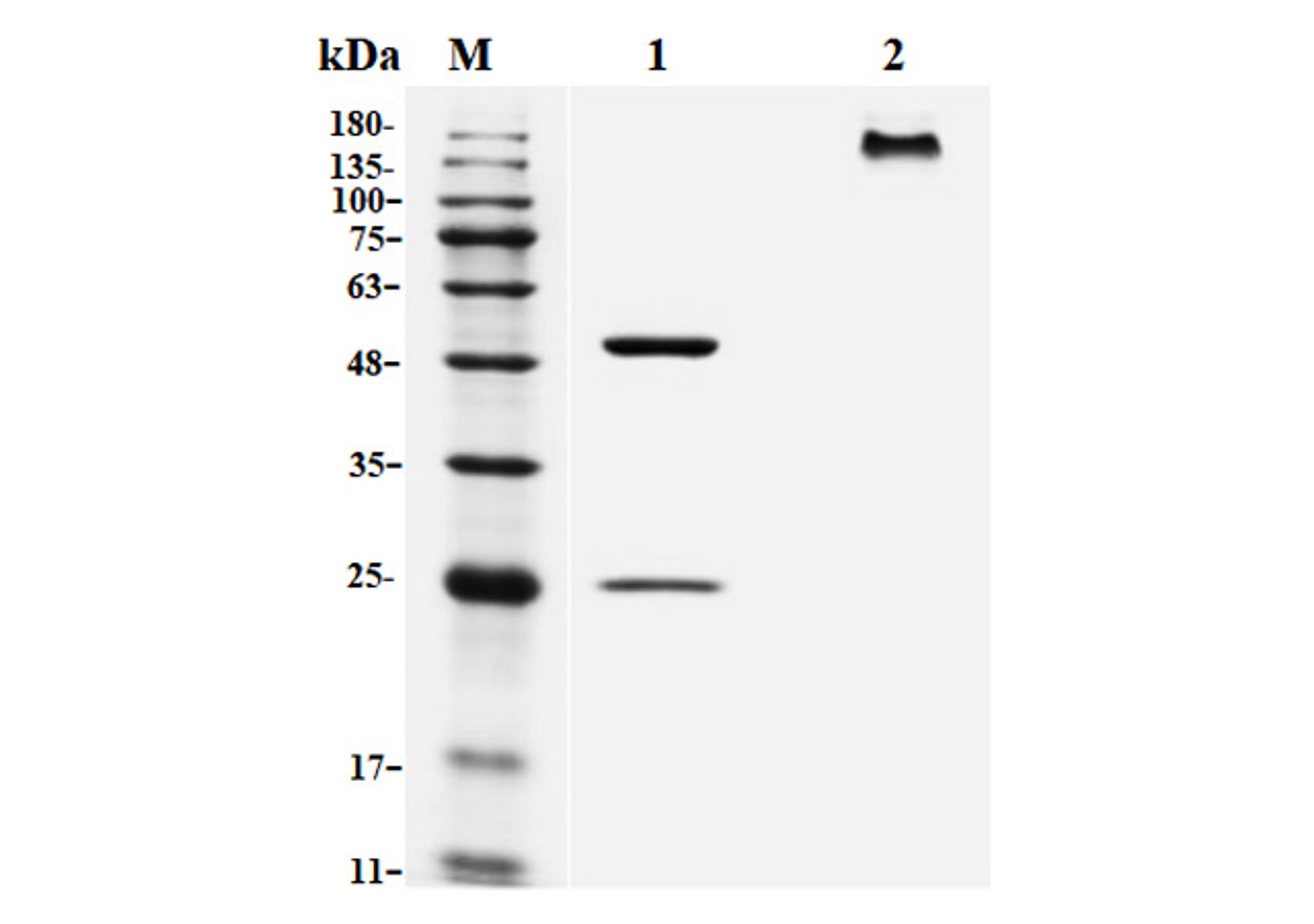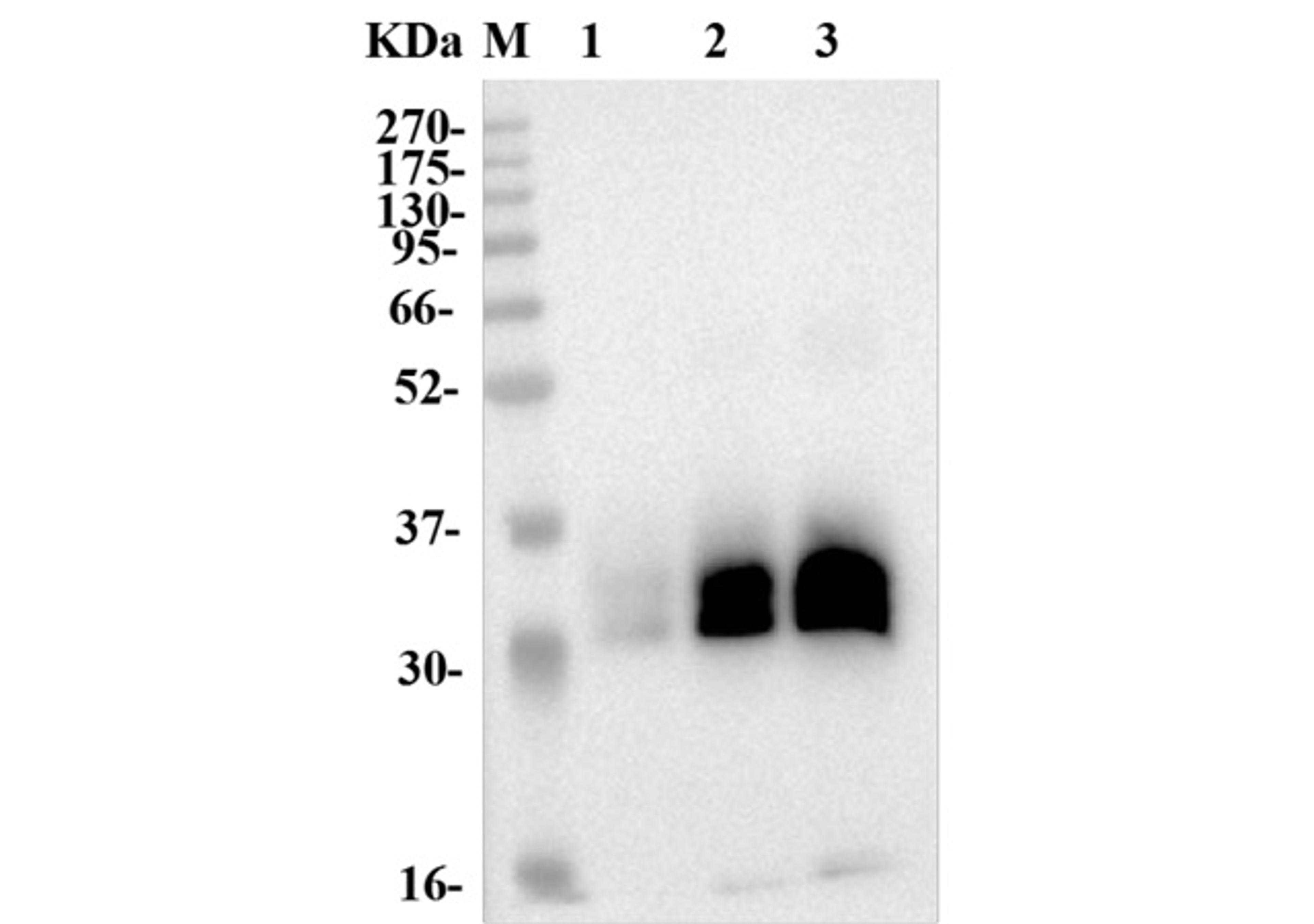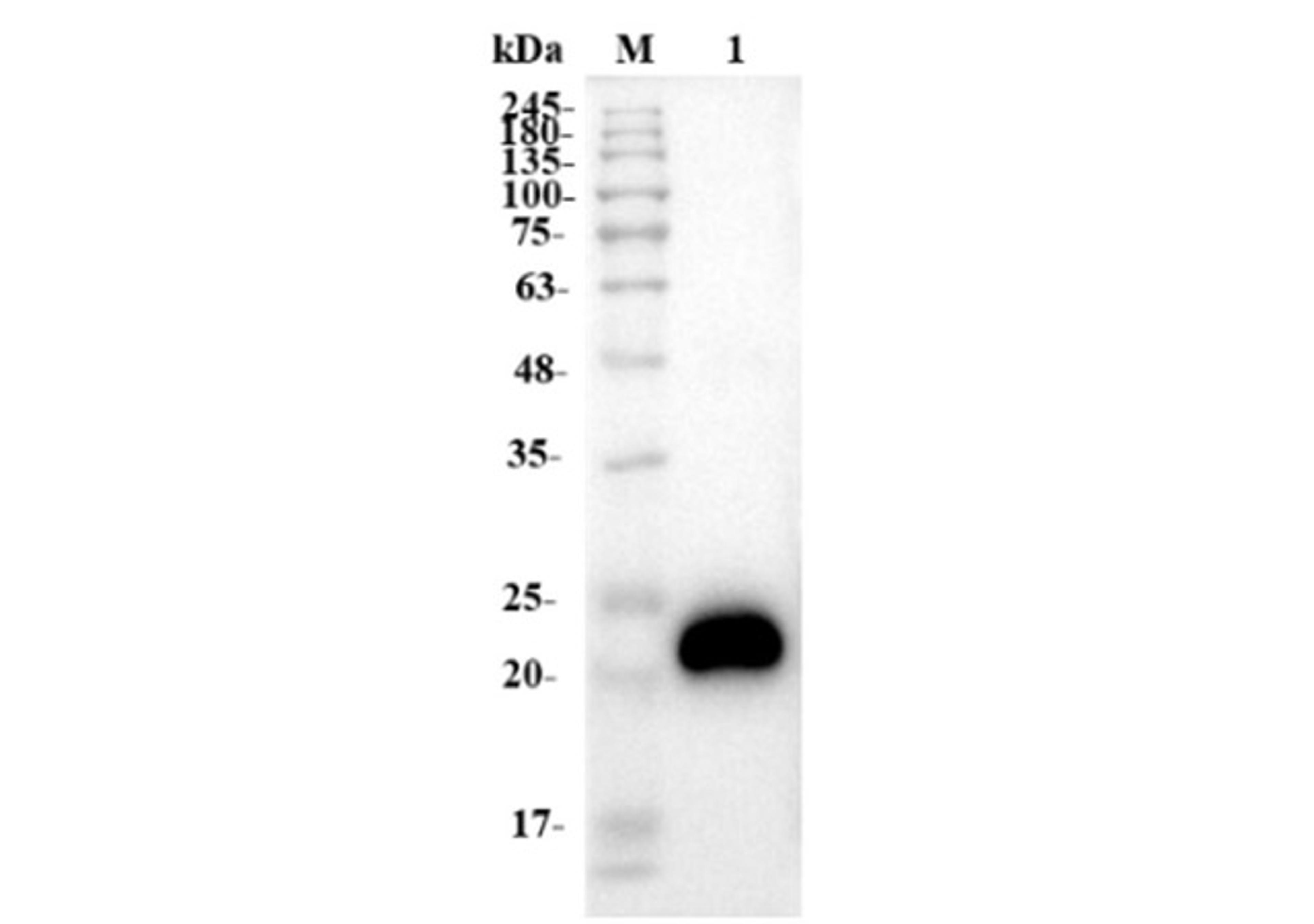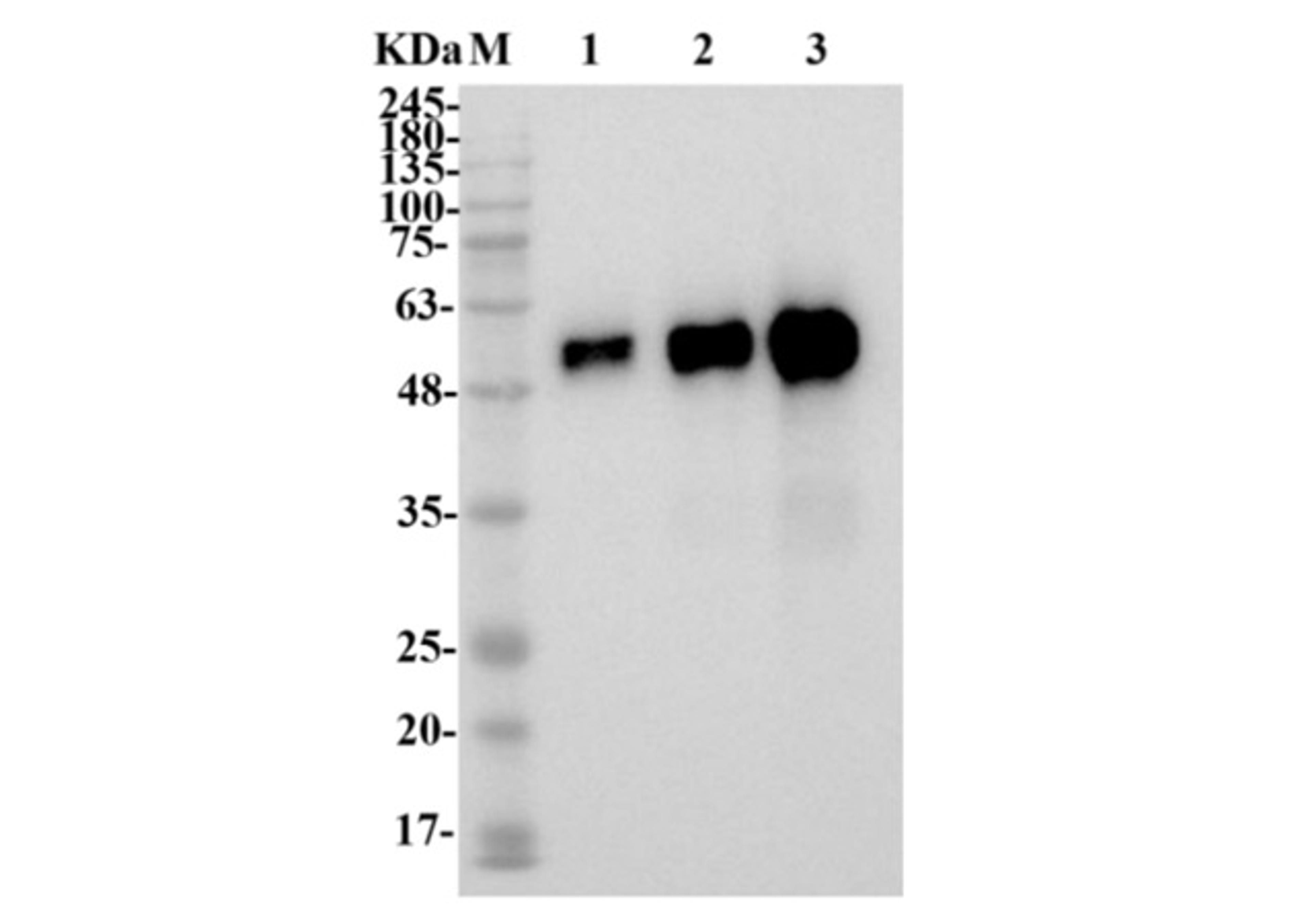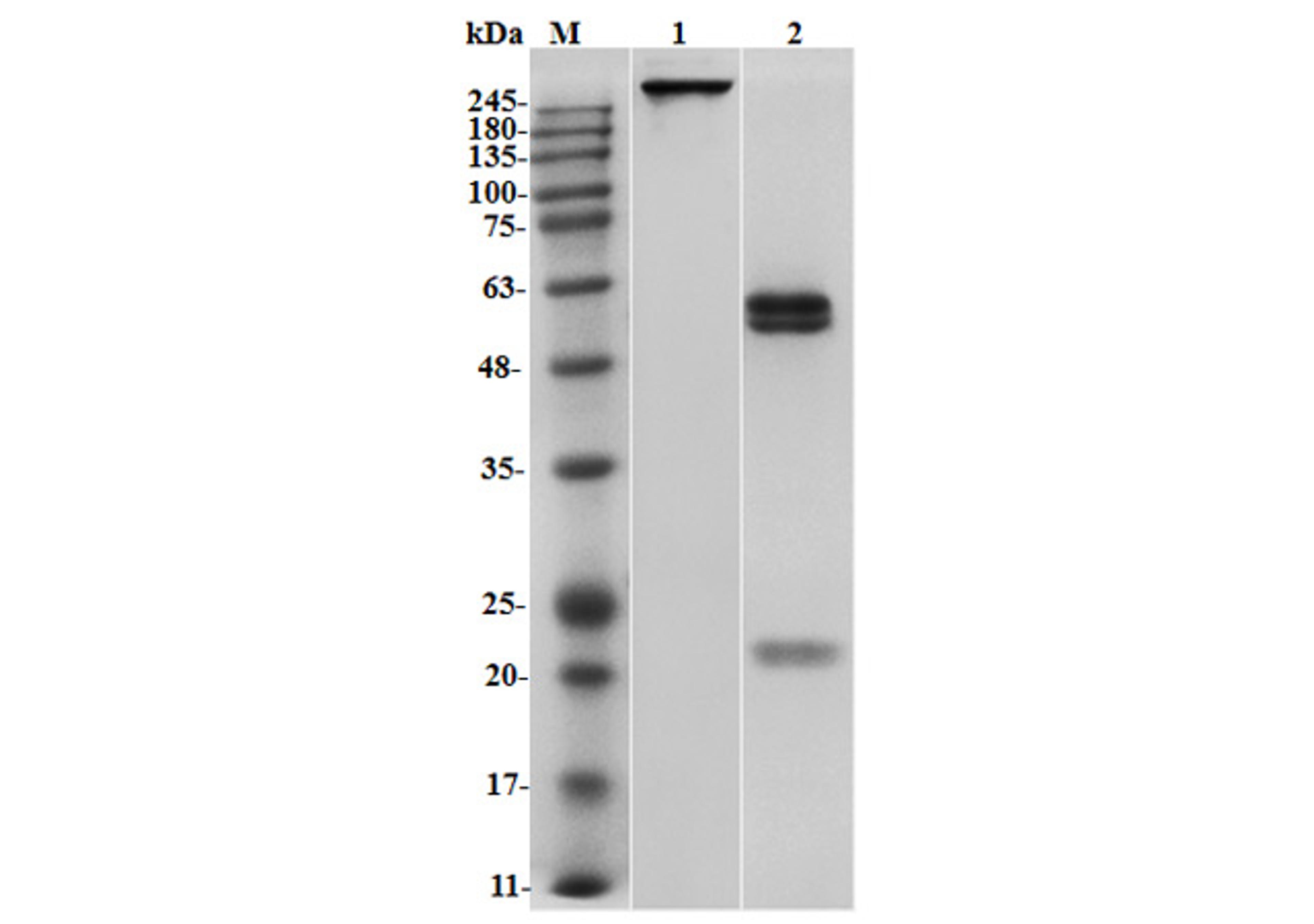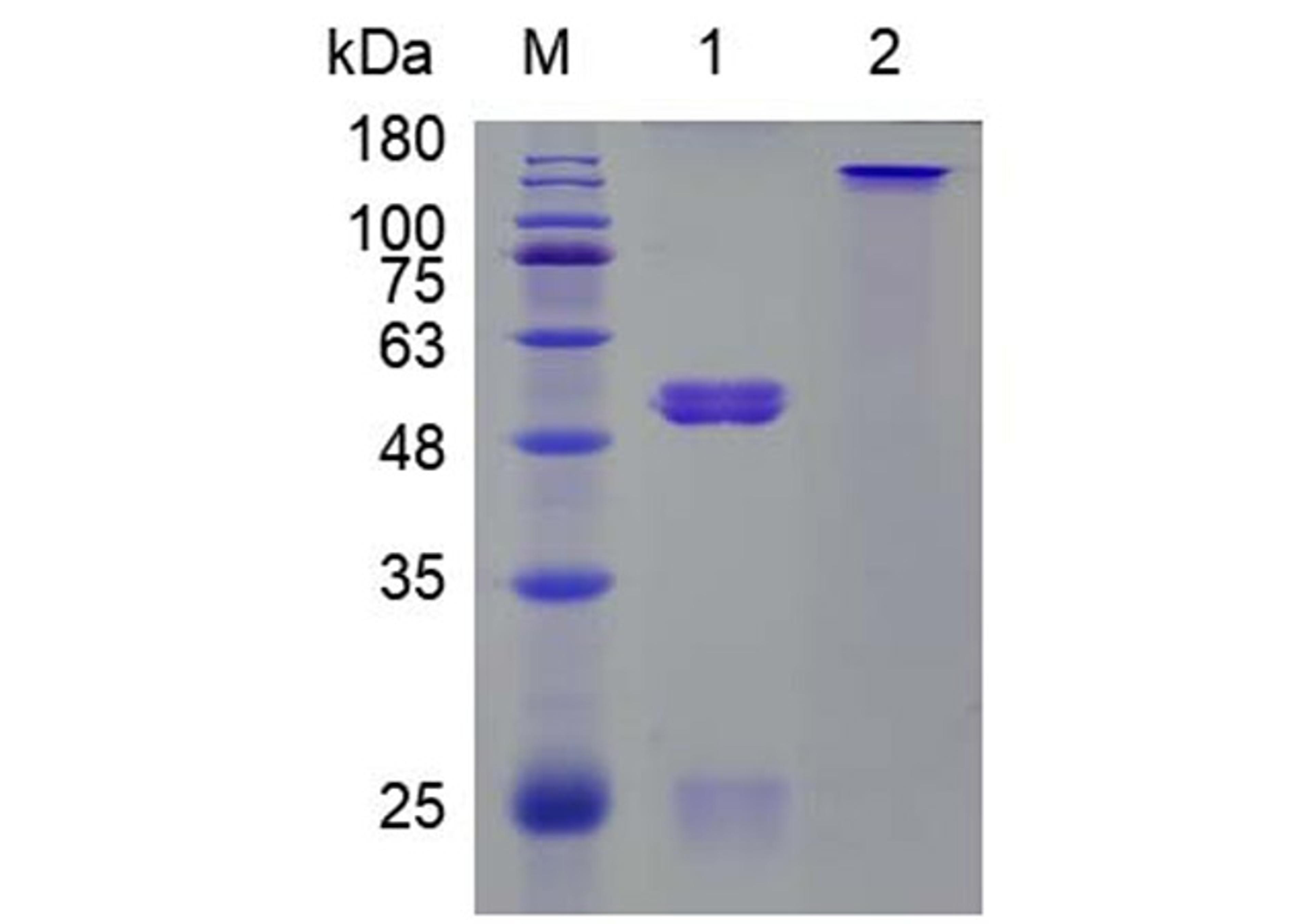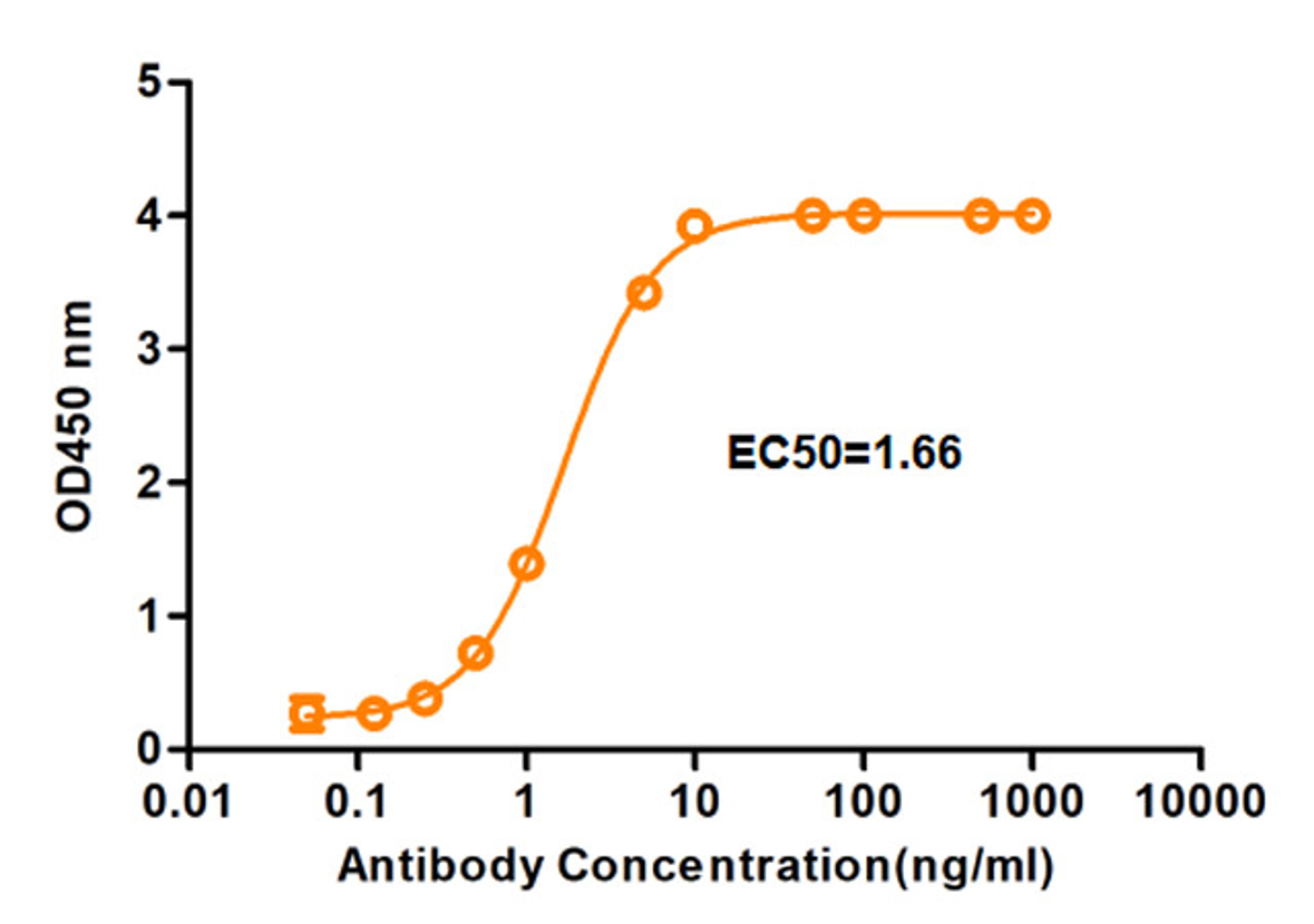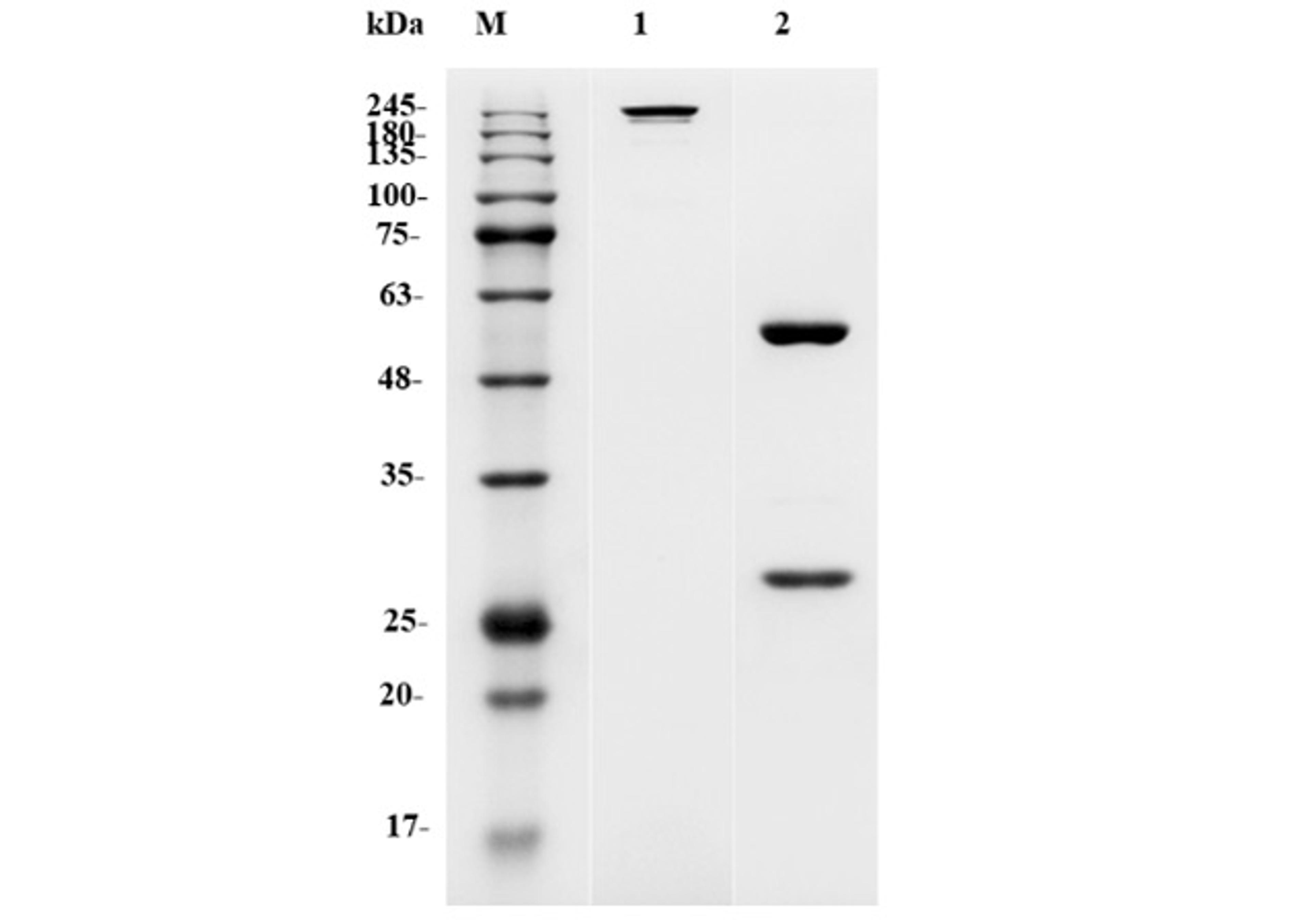Osteocalcin mid-tact, (human)
High Quality Assays with Reproducible and Reliable Results

The supplier does not provide quotations for this product through SelectScience. You can search for similar products in our Product Directory.
Osteocalcin, the vitamin K-dependent protein of bone, is a specific product of the osteoblast. It is distinguished by its small size (5800 daltons) and the content of gamma-carboxy-glutamic acid (Gla). In the presence of ionic calcium, the Gla residues allow a specific conformational change in the protein which in turn promotes osteocalcin binding to bone mineral and subsequent accumulation in bone matrix. While osteocalcin is primarily deposited into the extracellular matrix of bone, a small amount can be detected in the blood. Circulating osteocalcin is thought to reflect that portion of newly synthesized protein that does not bind to bone but is released directly into the circulation. Recent studies have shown that osteocalcin may circulate both as the intact molecule and as major N-terminal fragment (1-43). In addition, long-term storage, multiple freeze-thaw cycles and sample handling degrades osteocalcin via serum proteases. The Mid-Tact Human Osteocalcin EIA Kit measures these molecular species inclusively, and will provide a more accurate assessment of osteocalcin synthesis and, therefore, bone formation.This is a sandwich assay utilizing two antibodies. An antibody prepared against the 1-19 fragment is immobilized on the wells of a 96-well microtest plate. Samples and abiotinylated mono-specific polyclonal antibody made against the 30-40 region are incubated in the test wells. After a wash, a second incubation is done with a Streptavidin-Horseradish Peroxidase conjugate and the enzyme activity subsequently determined. The concentration of osteocalcin in the sample is proportional to the absorbance and values are obtained by comparison to a standard curve prepared on the same plate.





